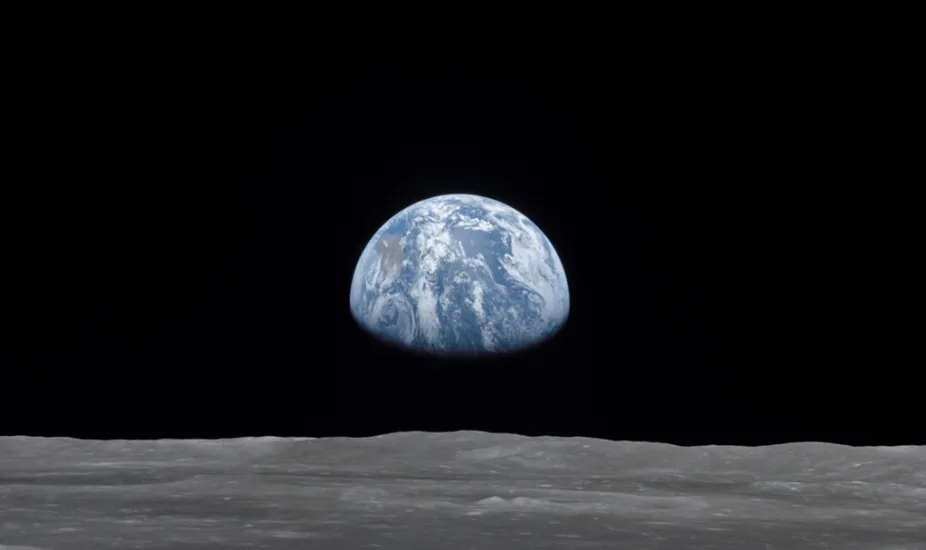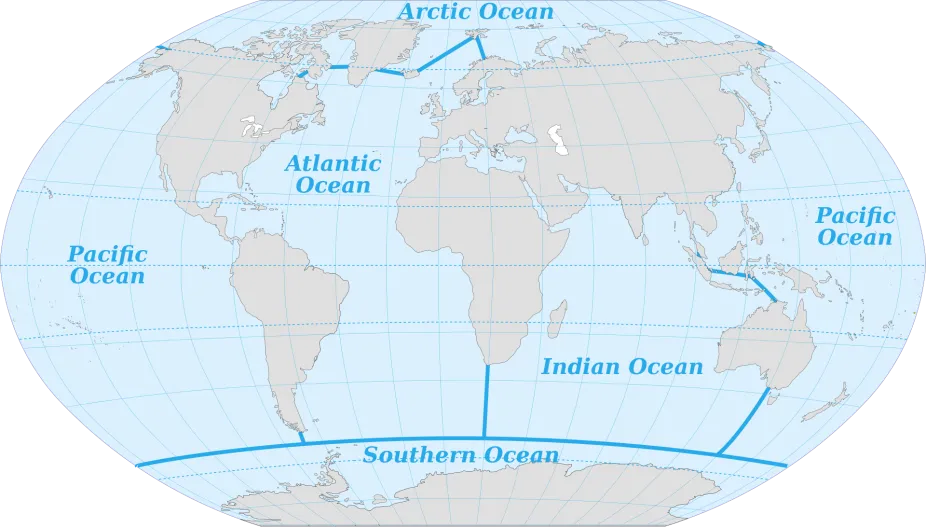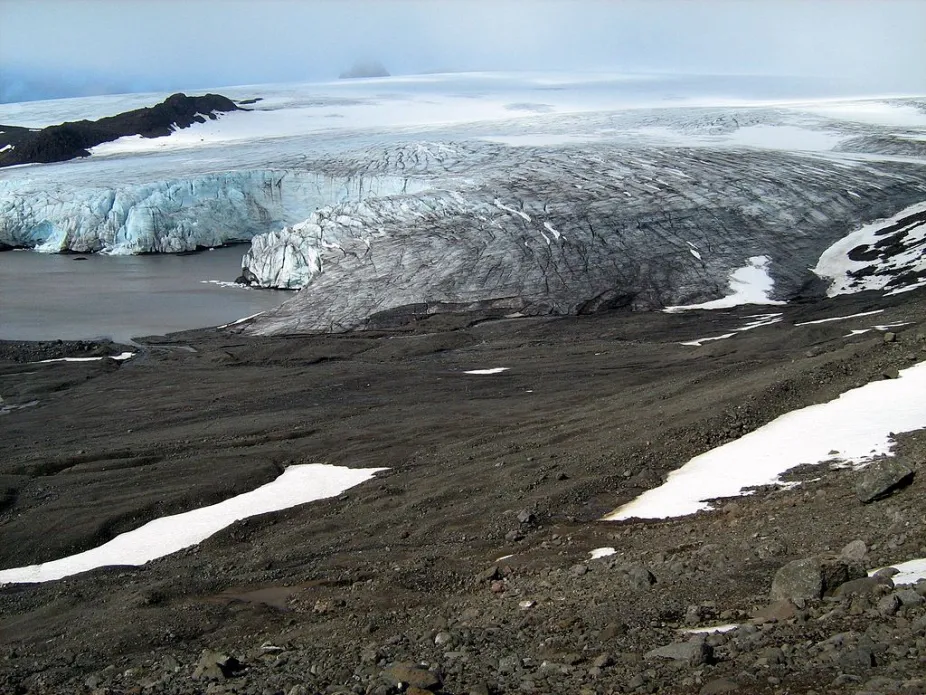The Hydrosphere
All of the water on Earth, including freshwater and the oceans, makes up the hydrosphere. Most of this water, a whopping 97%, is found in Earth’s oceans. Oceans and seas cover more than 70% of Earth’s surface, giving our planet its distinctive blue color when viewed from space. Without the hydrosphere, life on Earth would not exist.

Water, covering 70%of the planet’s surface, is a key factor in Earth’s ability to support life.
NASA
Oceans
Earth’s ocean is really one continuous body of water, but scientists and geographers divide it into four main areas: the Pacific, Atlantic, Indian, and Arctic Oceans. Some oceanographers define the area where these oceans merge into the icy waters around Antarctica as a fifth ocean, known as the Southern Ocean.

Geographers and scientists have given names to the different areas of the continuous body of water that comprises Earth’s ocean. The map shows these areas, known as the Pacific, Atlantic, Indian, Arctic, and Southern Oceans.
Creative Commons pinpin
Earth’s Oceans are Endangered
Increasingly, Earth’s oceans are threatened by pollution, climate change, and other human activities. These threats affect the health of our oceans and the life within them. For example, coral reefs in areas around the globe are experiencing bleaching, disease, and death as waters warm and become acidic due to increased CO2 concentrations in the atmosphere.
Freshwater
Freshwater makes up only 3% of the hydrosphere but is nonetheless essential for life. Think about this fact: of all the water on Earth, more than 99% of Earth's water is unusable by humans and many other living things! Only about 0.3% of Earth’s freshwater is accessible as surface water in lakes and rivers. The majority (over 68%) of Earth’s freshwater is found in icecaps and glaciers, and just over 30% is found in groundwater.

Freshwater accounts for only a few percent of the total water within the hydrosphere. Of this tiny percentage, the bulk, about two-thirds, is frozen in glaciers and ice caps.
Creative Commons Acaro
In some places, water is everywhere and perhaps easy to take for granted. But no matter where we live, freshwater is essential to our survival as well as the survival of all plants and animals. In some parts of the world, even in multiple locations in the US, water demand is outstripping water supply. These shortages pose risks for our health, our food supply, and the planet. Two-thirds of the freshwater used each year is used to grow food. Consider that it takes 108 gallons (about two filled bathtubs) to grow a pound of corn and 1,799 gallons (about 35 filled bathtubs) to produce a pound of beef. As the population of our planet continues to increase, more water will be required to grow more food. At the same time, the amount of easily accessible, usable freshwater is rapidly shrinking.

Scientists study species diversity in a freshwater ecosystem in Montana’s Missouri River watershed.
Internet Archive Book Images via Wikimedia Commons
Freshwater Ecosystems are Endangered
Freshwater ecosystems are home to as many as 126,000 species, including fish, amphibians, reptiles, birds, insects, and aquatic plants. Changes in the amount of freshwater in the hydrosphere threaten species diversity in the biosphere. In the US, nearly half of the 573 animals on the threatened and endangered species list are freshwater species. Freshwater animals in general are disappearing at a rate four to six times faster than animals on land or in the oceans.
Water, whether in the oceans or as freshwater, is essential to life on our planet and a crucially important part of the Earth system. The processes by which water moves around Earth and the forms water takes on its journey are referred to as the water cycle. Understanding this cycle, and interactions with other parts of the Earth system, will help us increase our understanding and appreciation of this valuable resource.